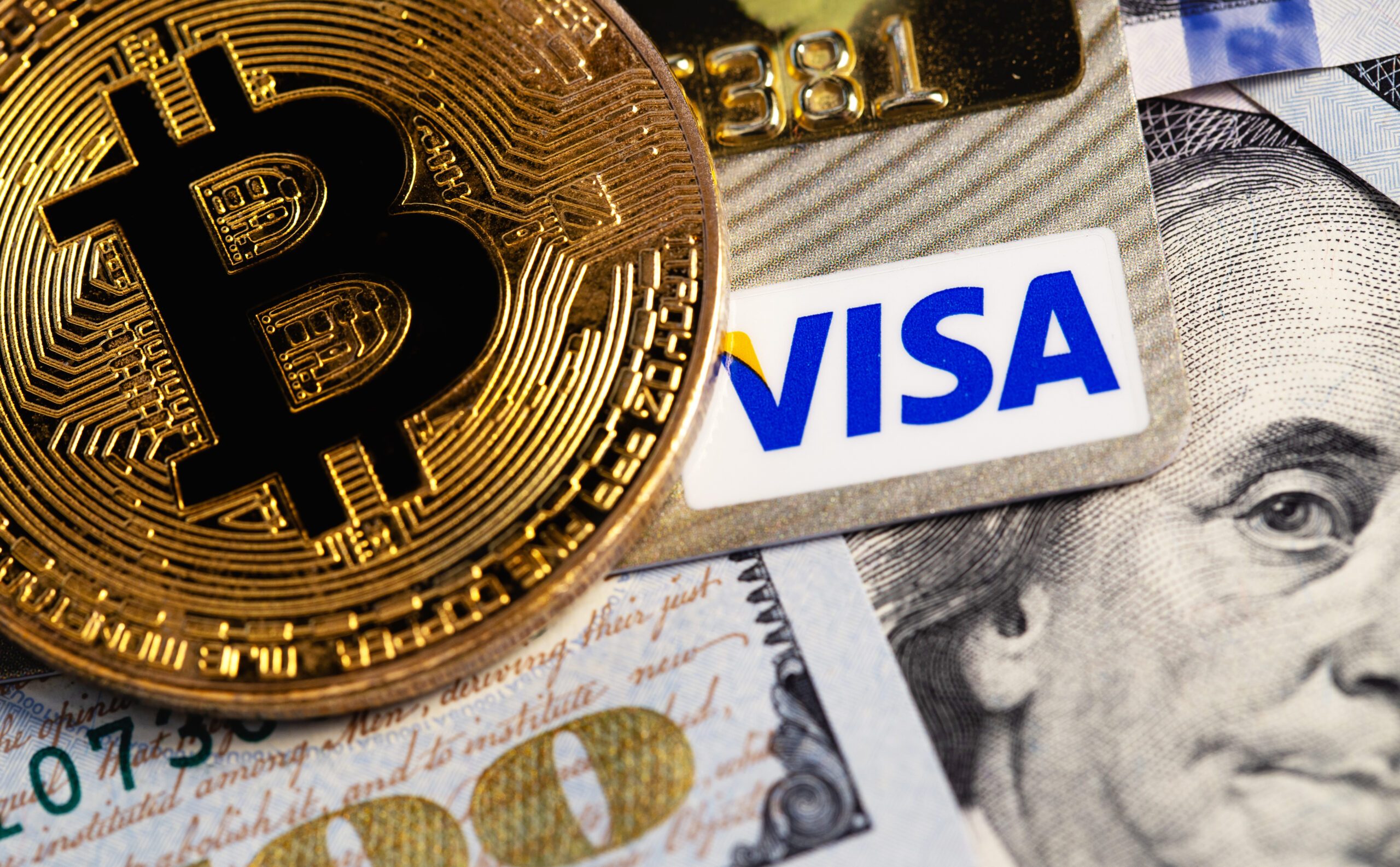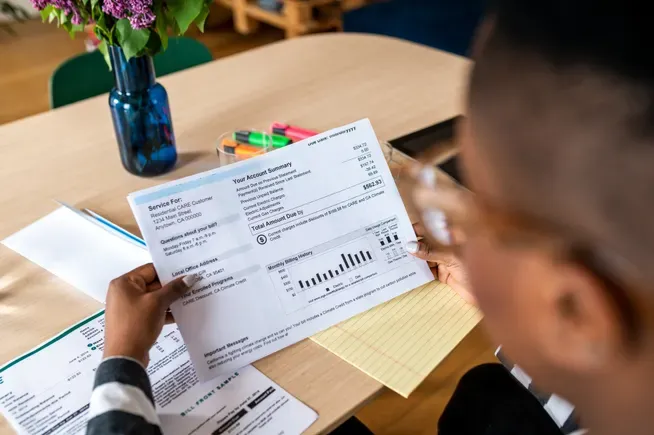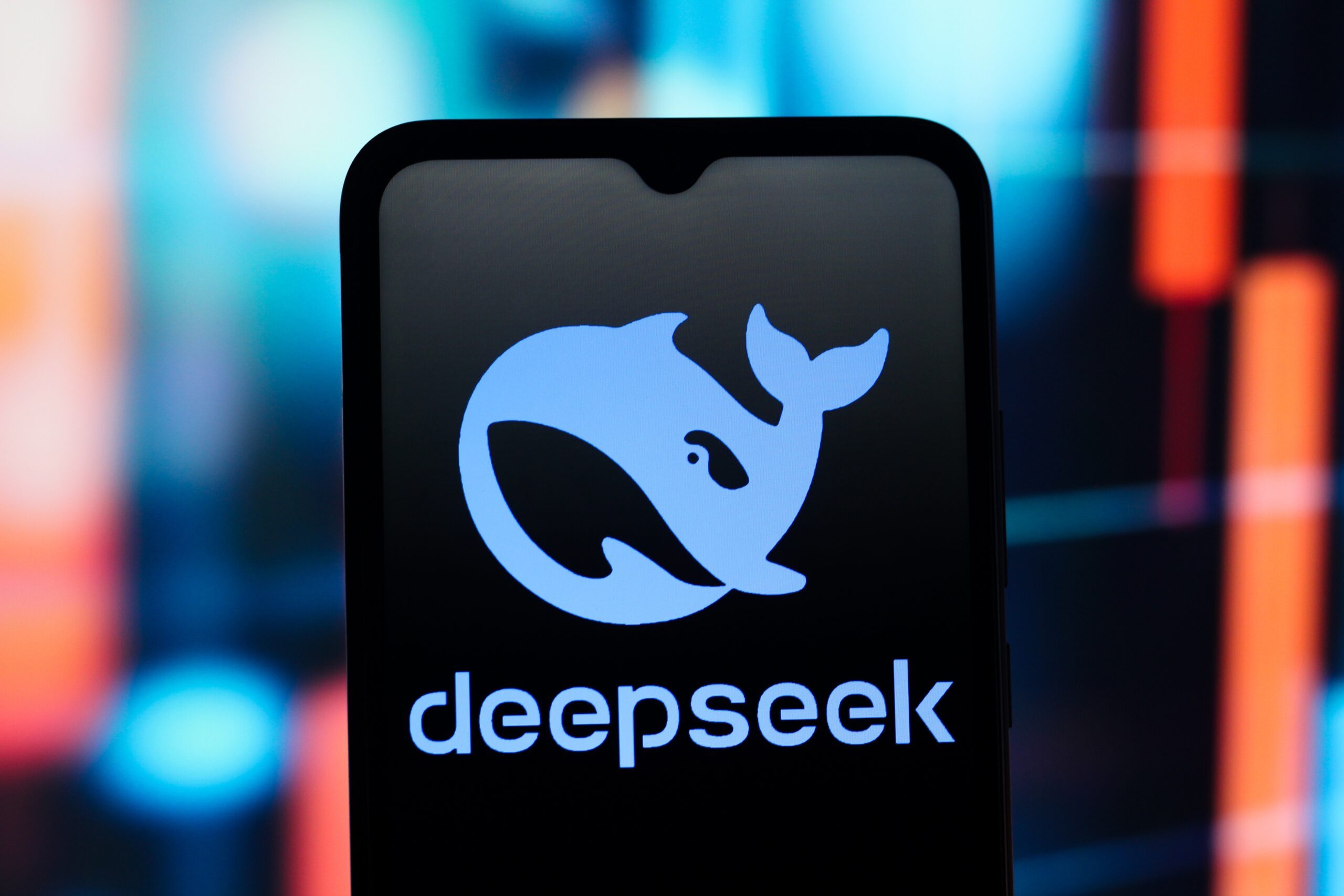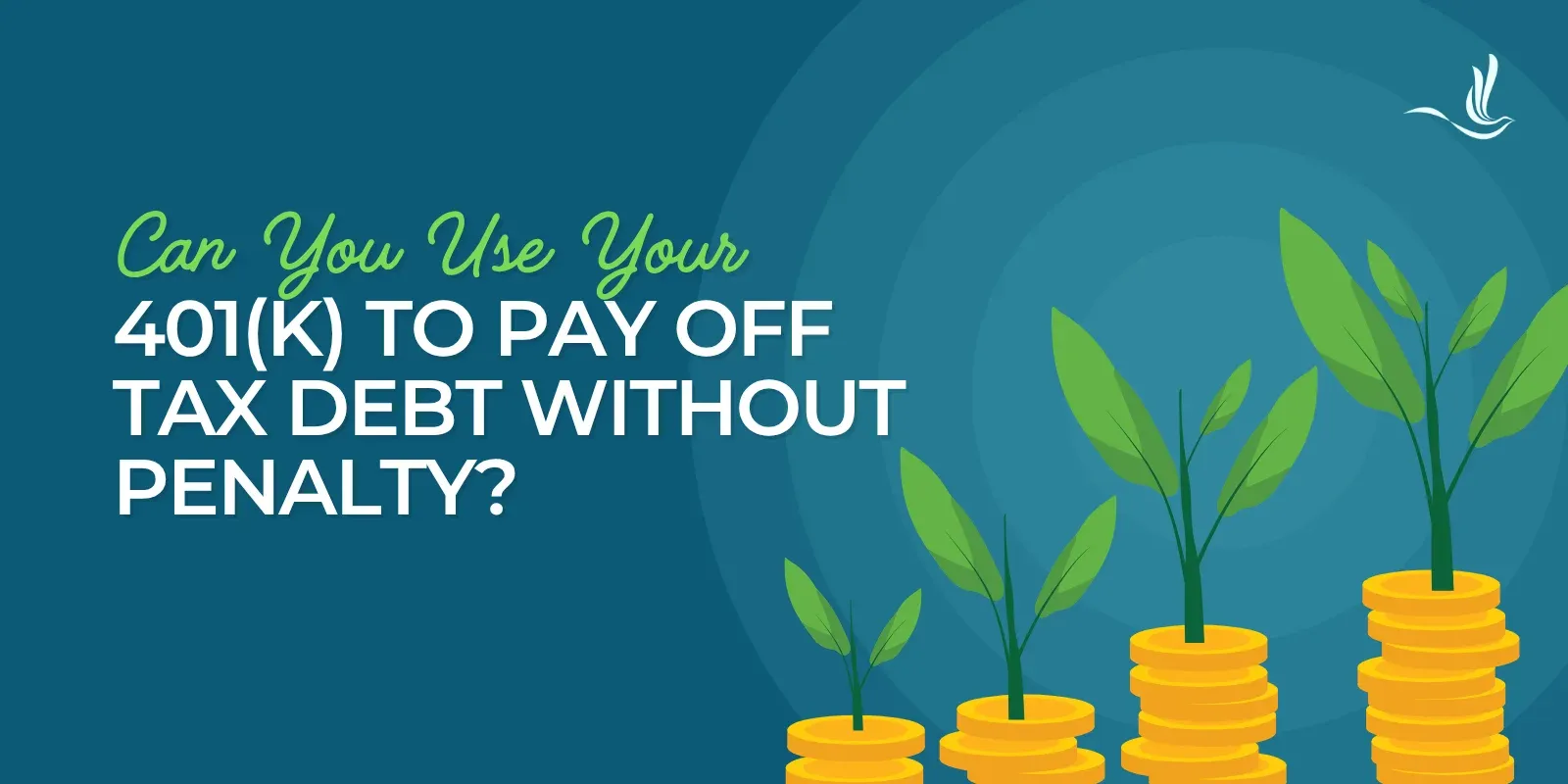A decade ago, I sat in a tiny Thai restaurant in New York City trying to convince a very successful friend of mine that a new project called Ethereum would change the financial world.
He told me I was crazy.
But like the hidden message Satoshi Nakamoto left inside bitcoin’s first block, I saw Ethereum as a map.
And it was pointing to a new kind of financial system just waiting to be built.
Back then, I imagined the architects of this new system would be companies no one had ever heard of before. Tiny startups that would soon revolutionize finance.
But earlier this year, I noted that the same institutions that crypto was meant to disrupt were starting to embrace it instead.
Which meant the financial giants who once resisted change were now the ones driving it.
And Visa’s recent move into stablecoins proves it.
The company that helped invent modern payments is now upgrading its trillion-dollar network for the digital-dollar era. Meaning, another domino has fallen…
And the transformation of money is speeding up.
Visa’s Stablecoin Revolution
Most people still think of Visa as a credit-card company. But that’s a 20th-century view.
Today, Visa is a global clearinghouse that moves over $15 trillion in payments every year across more than 200 countries.
And now the same company that made swiping a card effortless is doing the same for money itself.
It’s building a system that moves value as fast as data.
Here’s what I mean.
When businesses send money overseas, they normally have to pre-fund local accounts.
That’s because the old financial system essentially just passes IOUs between banks.
This means businesses have to park cash overseas just to make sure their payments don’t bounce. And this locks up cash for days, which is both costly and inefficient.
But in April, Visa began testing a stablecoin prefunding pilot through its Visa Direct network.
This new model replaces that “parked” money with USDC, a digital token that’s always backed one-to-one by real U.S. dollars.
So instead of wiring funds across borders and waiting for intermediaries to reconcile them, a business can now move that value instantly — 24 hours a day, even on weekends — while keeping control of its cash until the moment it’s spent.
According to a joint report from Oliver Wyman and JPMorgan, this could cut out around $120 billion a year in transaction inefficiencie for global businesses,
But that’s only part of Visa’s new digital dollar transformation.
Last year, the company also launched something called the Visa Tokenized Asset Platform, or VTAP.
You can think of VTAP like a “digital mint” for banks and fintechs. It enables these entities to issue and redeem fiat-backed tokens — digital versions of the dollar, euro or yen — directly on Visa’s network.
In other words, Visa is creating the digitalequivalents of money that can move instantly. And it’s already working with big processors like Worldpay and Nuvei to settle merchant payments in USDC on high-speed blockchains such as Solana.
So when a business accepts a Visa payment today, it can choose to receive the funds in a digital dollar instead of waiting for the old banking system to clear it.
And if this sounds familiar to you, it should.
Back in June, I showed you how JPMorgan was settling trades between clients using its own blockchain-based token called JPM Coin.
Ironically, the same bank that once dismissed crypto as “worthless” is now moving over $1 billion a day across its token network.
Meanwhile, Goldman Sachs and BNY Mellon have their own tokenized money-market funds, turning short-term Treasuries into instant-settlement instruments that can be traded around the clock.
Even central banks are starting to follow this playbook.
In October, Reuters reported that a group of ten major banks — including Citi, Deutsche Bank and Bank of America — are exploring stablecoins pegged to G7 currencies.
And Visa’s biggest rival, Mastercard, is building its own “Multi-Token Network,” which aims to let financial institutions experiment with stablecoins and tokenized deposits for cross-border payments.
Every one of these moves is another domino falling.
And it proves we’re speeding toward a future where the blockchain becomes the new foundation of global finance.
Here’s My Take
There’s a reason all this is happening now.
In July, Congress passed the GENIUS Act, the first law to clearly define how dollar-backed stablecoins can operate under U.S. regulations.
This single piece of legislation unlocked a wave of corporate and banking adoption. Because for the first time ever, the rails for digital dollars are both technically ready and legally recognized.
Having the GENIUS Act in place means Visa’s legal team didn’t have to guess whether it could hold USDC on its balance sheet. It means JPMorgan doesn’t have to worry about regulators shutting down its JPM stablecoin system, and Goldman and BNY can tokenize fund shares without stepping into any gray areas.
That’s why I keep saying tokenization is inevitable.
After all, trillions of dollars are already being transferred and tracked on the tokenized rails that Visa, JPMorgan, Mastercard and other major financial institutions plan to scale globally in the next 12 months.
Meaning, there’s no longer such a thing as “crypto vs. the banks.”
Because the same financial giants that crypto once tried to replace are taking the best parts of blockchain — speed, transparency and programmability — and fusing them into the system they already control.
And as each domino falls, it brings us closer to a world where money moves as easily as data.
It means that by the end of 2025, digital dollars could settle more value than PayPal ever has.
So if you’re still treating digital money as “the future,” you’re already a step behind.
That’s why it’s important that you’re prepared for next week.
Because a once-in-a-generation event is taking place on October 21 that could unleash an unstoppable $20 trillion wave of wealth for everyday Americans.
I went live with Addison Wiggin yesterday to unpack what’s about to happen when Trump unleashes his “Dollar 2.0.”
During this urgent presentation, we discussed how next week’s event could lead to life-changing rewards, including three under-the-radar investments I’ve identified that could lead to 12X gains by 2030.
If you missed our presentation yesterday, it’s not too late to position yourself now…
BEFORE that critical date of October 21st.
Click Here Now for all the details and to position yourself for what’s coming.
Regards,
Ian King
Chief Strategist, Banyan Hill Publishing
Editor’s Note: We’d love to hear from you!
If you want to share your thoughts or suggestions about the Daily Disruptor, or if there are any specific topics you’d like us to cover, just send an email to [email protected].
Don’t worry, we won’t reveal your full name in the event we publish a response. So feel free to comment away!
Disclaimer: This story is auto-aggregated by a computer program and has not been created or edited by finopulse.
Publisher: Source link







